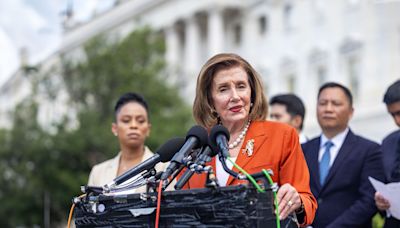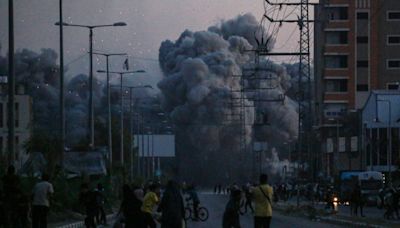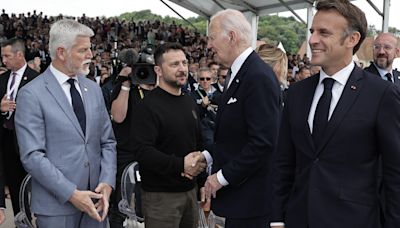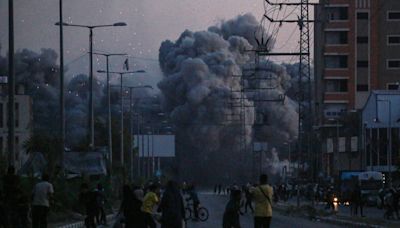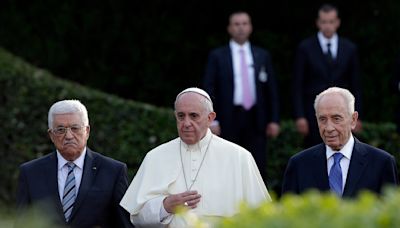Search results
Watch the full documentary by Ken Burns and Lynn Novick, which tells the story of the Second World War through the personal accounts of four American towns. Learn how the war changed the lives of millions of Americans and shaped the history of the world.
- Overview
- The outbreak of war
World War II began in Europe on September 1, 1939, when Germany invaded Poland. Great Britain and France responded by declaring war on Germany on September 3. The war between the U.S.S.R. and Germany began on June 22, 1941, with Operation Barbarossa, the German invasion of the Soviet Union. The war in the Pacific began on December 7/8, 1941, when Japan attacked the American naval base at Pearl Harbor and other American, Dutch, and British military installations throughout Asia.
Read more below: Axis initiative and Allied reaction: The outbreak of war
Pacific War
Read more about the war in the Pacific.
What countries fought in World War II?
The main combatants were the Axis powers (Germany, Italy, and Japan) and the Allies (France, Great Britain, the United States, the Soviet Union, and, to a lesser extent, China).
By the early part of 1939 the German dictator Adolf Hitler had become determined to invade and occupy Poland. Poland, for its part, had guarantees of French and British military support should it be attacked by Germany. Hitler intended to invade Poland anyway, but first he had to neutralize the possibility that the Soviet Union would resist the invasion of its western neighbour. Secret negotiations led on August 23–24 to the signing of the German-Soviet Nonaggression Pact in Moscow. In a secret protocol of this pact, the Germans and the Soviets agreed that Poland should be divided between them, with the western third of the country going to Germany and the eastern two-thirds being taken over by the U.S.S.R.
Britannica Quiz
Pop Quiz: 17 Things to Know About World War II
Having achieved this cynical agreement, the other provisions of which stupefied Europe even without divulgence of the secret protocol, Hitler thought that Germany could attack Poland with no danger of Soviet or British intervention and gave orders for the invasion to start on August 26. News of the signing, on August 25, of a formal treaty of mutual assistance between Great Britain and Poland (to supersede a previous though temporary agreement) caused him to postpone the start of hostilities for a few days. He was still determined, however, to ignore the diplomatic efforts of the western powers to restrain him. Finally, at 12:40 pm on August 31, 1939, Hitler ordered hostilities against Poland to start at 4:45 the next morning. The invasion began as ordered. In response, Great Britain and France declared war on Germany on September 3, at 11:00 am and at 5:00 pm, respectively. World War II had begun.
1 day ago · 0:00. 1:37. Eighty years after it happened, D-Day – the largest land, sea and air invasion ever attempted – still resonates today. With the bold invasion of Nazi-held Europe on June 6, 1944 ...
The War - A Timeline. Explore a multimedia timeline following events from World War II battles, diplomatic actions, and developments on America's homefront, from 1939 - 1945. The story of the...
The War is a seven-part American television documentary miniseries about World War II from the perspective of the United States. The program was directed by American filmmakers Ken Burns and Lynn Novick, written by Geoffrey Ward, and narrated primarily by Keith David. [1] It premiered on September 23, 2007.
No.EpisodeOriginal Air Date1"A Necessary War" (December 1941 – ...September 23, 20072"When Things Get Tough" (January–December ...September 24, 20073"A Deadly Calling" (November 1943 – June ...September 25, 20074"Pride of Our Nation" (June–August ...September 26, 2007On June 6, 1944, D-Day, 1.5 million Allied troops take part in the greatest invasion in history, but then bog down in the Norman hedgerows for weeks. Saipan proves the costliest Pacific battle to date, while back home dreaded telegrams from the War Department begin arriving at an inconceivable rate. 8.6 /10. Rate.
People also ask
What are the causes of war?
What are the different types of war?
What are the consequences of war?
What is the history of war?
6 hours ago · Legacy of nuclear war: Washington unleashed atomic bombs on both Japanese cities in August 1945, leaving years of destruction and psychological trauma on communities there.
